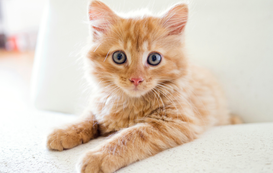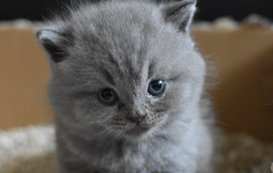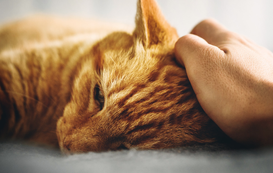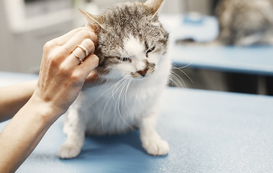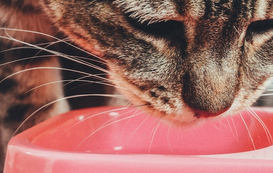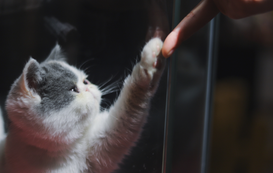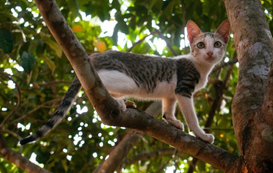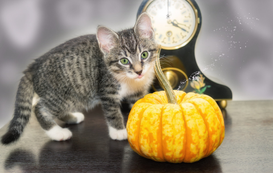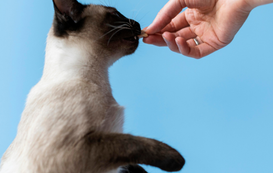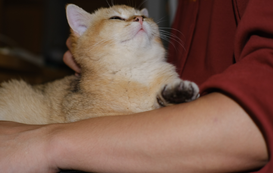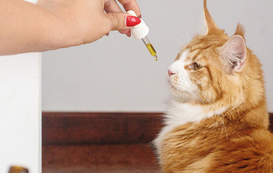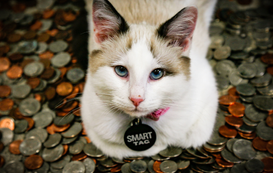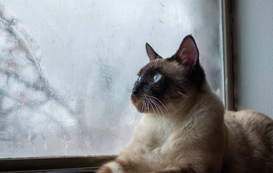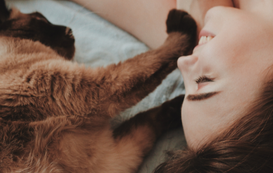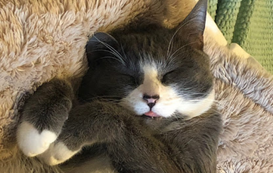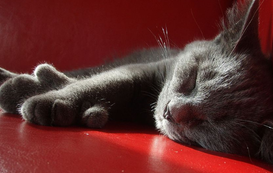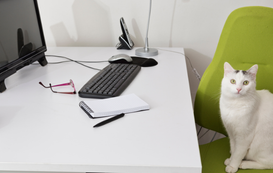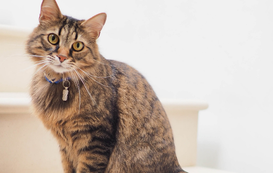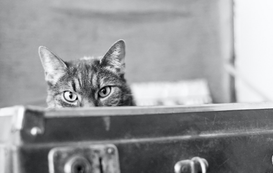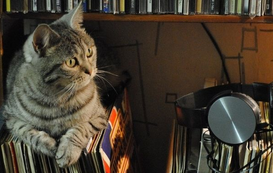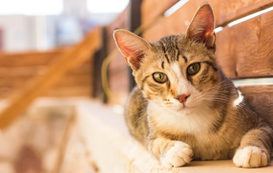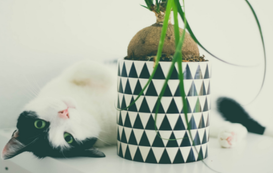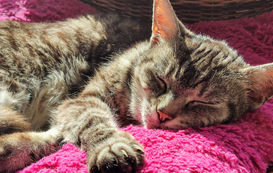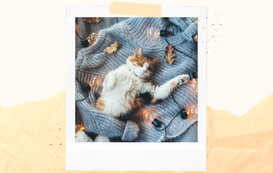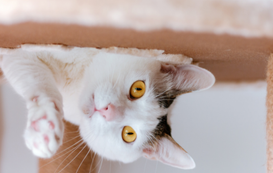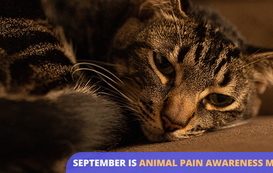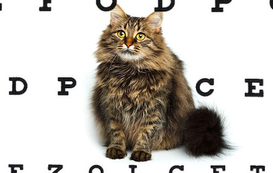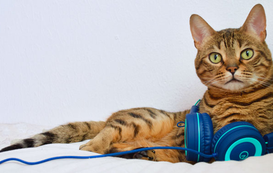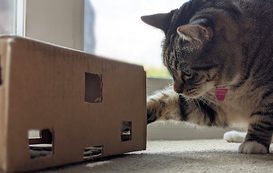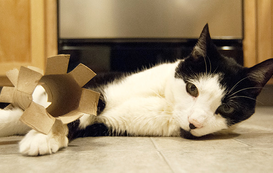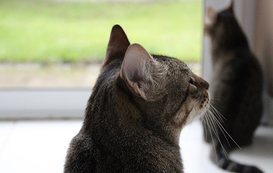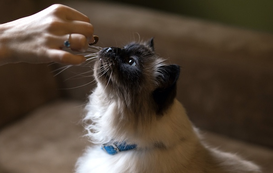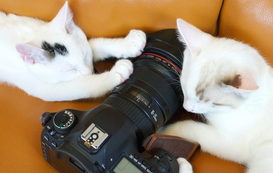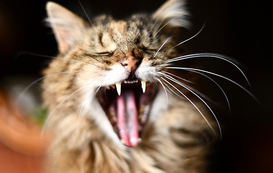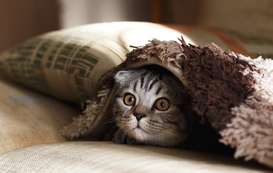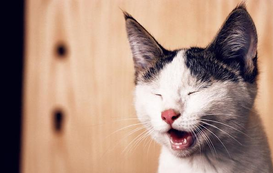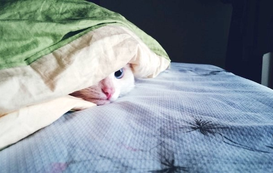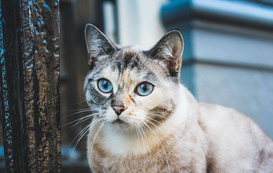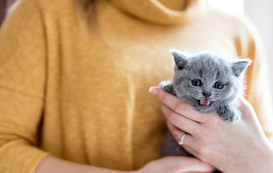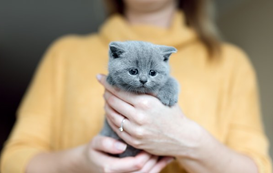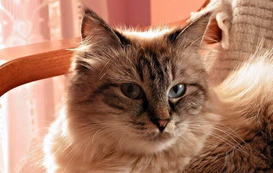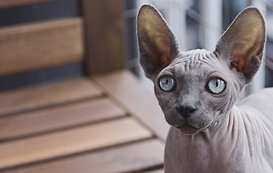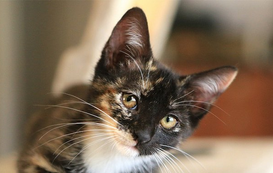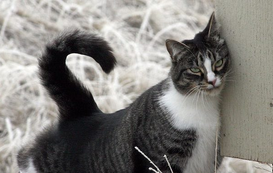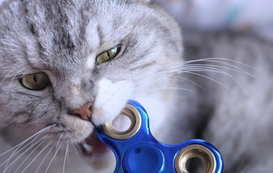- Home
- Cat Sitter Blog
- Cat Behavior
- 4 Simple Ways To Stop A Cat From Clawing Furniture
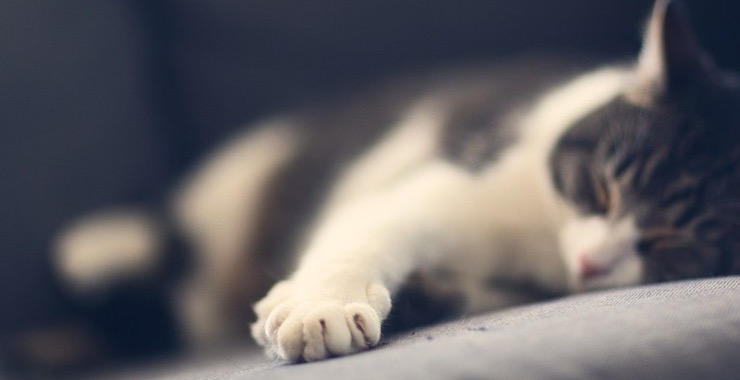

4 Simple Ways To Stop A Cat From Clawing Furniture
When you get a new cat, knowing that clawing is natural for cats to stay emotionally happy is essential. Cats have various reasons for clawing the furniture, such as to mark territory, to sharpen the claws, and to stretch out their muscles.
It is important to have simple methods to discourage them from clawing the furniture. Luckily, there are many actions you can take to make this happen. Whether it is your priceless furniture or your legs, your pet’s sharp claws can wreak havoc. Here are four ways to ease that problem:
KEEP THE NAILS DULL
Filing your cat’s nails will make a great difference in the impact of their scratching. This can be quite painful! Learning to trim and file the nails properly is easy to do. The basic way to trim the claws is to wrap your cat in a towel to offer a safe way to restrain him. First, be sure the clippers are of good quality and then take one paw and mildly push it to allow the claws to come out. The more you practice, the easier it becomes. You can also consider approaching a veterinarian or groomer to have the process professionally done.
SPRAYS AND SCENTS
This method is quite popular, and they’re safe for cats. When an area is less appealing to your cat, he certainly isn’t going to want to spend any time there or doing something he loves to do. For instance, herbal sprays give off an obnoxious odor that can repel the cat from returning there, whether it is a place on the cushion, carpet, chair, or draperies.
PROVIDE DEDICATED SCRATCHING FURNITURE
Cats love scratching posts, but they’ve to know where they are. The closer the post to your furniture, the more likely your cat is to use it instead of your couch. You can add some catnip or a pet-safe toy to the posts, at least in the beginning, to attract them. Of course, your cat may prefer one over the other. It is advisable to keep this in mind for future purchases. Getting several types will help keep the cat interested.
USE NAIL CAPS
This is considered a humane approach to de-clawing. These are vinyl caps that are fixed onto your cat’s claws which make the claws less sharp. These nail caps are dense rubberized tight-fitting covers for your cat’s claws. You’ll need to put them on all four feet to be effective. They last for a month or so before you have to put new ones on. Most cats don’t like these but will get used to them after a few days. The only drawback with this method is that it will render you cat defenseless if it roams out of doors. A professional can show you how to put the caps on perfectly. Furthermore, a cat grooming bag might also be useful for putting nail caps on your cat, too.
IN CONCLUSION
Knowing that clawing is a natural need for cats, it makes it easier to understand that your cat is not stubborn or misbehaving when they display such behavior. Preventing them from clawing your furniture or carpet can be done with the tips above.






